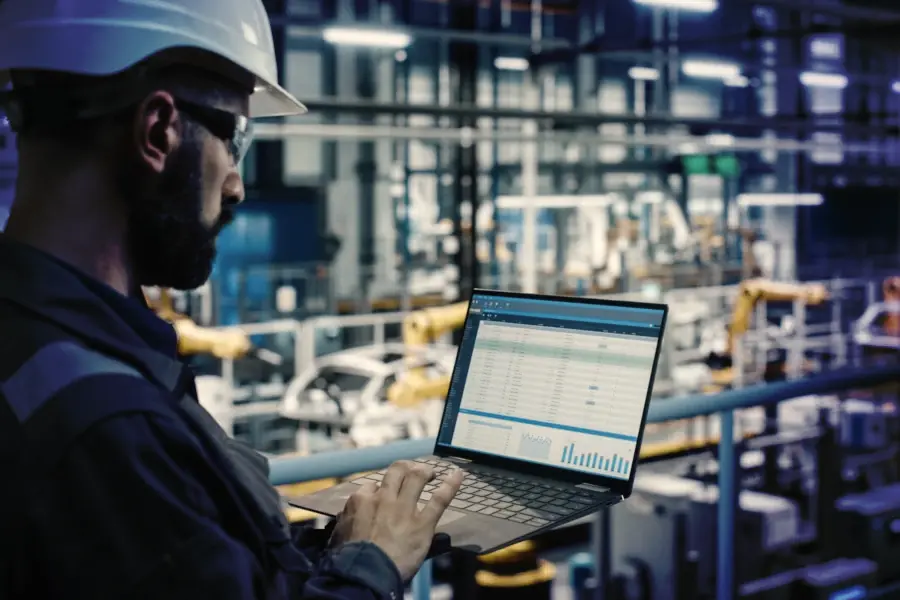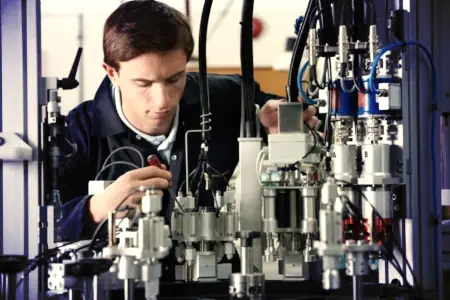What are Digital Twins?
Driving Operational Efficiency
A digital twin is a virtual replica of a physical system, such as an assembly line, that uses real-time data to mirror and simulate its operations. This advanced technology enables continuous monitoring, analysis, and optimization of physical systems, providing invaluable insights and predictive capabilities that drive operational efficiency and innovation.

Key Benefits of Digital Twins in Manufacturing
Up to 20% increased productivity
With comprehensive data insights, digital twins support better decision-making, resulting in a potential increase in productivity of up to 20% .
Up to 25% improved efficiency
Digital twins can enhance manufacturing efficiency by up to 25% by optimizing production processes and reducing downtime .
Up to 30% lower maintenance costs
Digital twins help identify inefficiencies and bottlenecks, enabling optimization of processes to enhance productivity and performance.
Applications in Manufacturing

Assembly Line Monitoring
Digital twins track the performance of assembly lines, identifying inefficiencies and optimizing workflows to ensure smooth operations.

Supply Chain Management
By providing real-time visibility into supply chain operations, digital twins help manage inventory levels, predict demand, and coordinate logistics more effectively.

Product Development
Digital twins enable the simulation and testing of new products in a virtual environment, reducing the time and cost associated with physical prototyping.

Quality Control
Continuous monitoring of production processes ensures that products meet quality standards. Digital twins can detect anomalies and trigger corrective actions.

Resource Management
Optimize the use of resources such as energy, raw materials, and labor by analyzing and adjusting processes based on real-time data.

Maintenance and Repair
Predictive maintenance capabilities help schedule repairs at optimal times, preventing unexpected breakdowns and extending equipment lifespan.
How a Digital Twin Works
Data
Collection
Sensors and IoT devices are installed on physical systems to collect real-time data on various parameters.
Data
Integration
The collected data is transmitted to a central system where it is integrated and processed to create a digital model.
Simulation & Analysis
The digital twin uses advanced algorithms and simulations to replicate the behavior of the physical system.
Feedback
Loop
Insights are communicated back to the physical system, enabling real-time continuous improvement.
Harness the power of digital twin technology and advanced RF tracking to transform your manufacturing operations.
Work with us and make your company a better place.